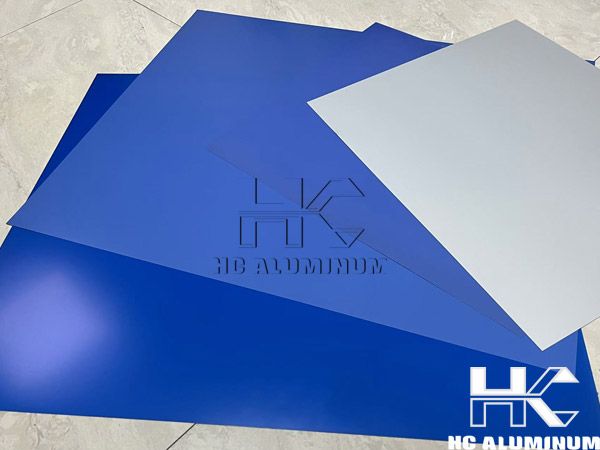
News
There are various types of plates used in offset printing (lithography), and different plates have their own characteristics in terms of plate-making process, print resistance and applicable scenarios. The following is a comprehensive analysis of the common types of offset printing plates and their recommended choices.

Common types of offset printing plates:
1. PS plate (precoated photopolymerized plate)
PS plate is currently the most widely used offset printing plate material, divided into two categories of positive and negative type:
- Positive-type PS plate: the light-sensitive layer of diazo compounds, the sun plate by the light part of the decomposition, the development of the formation of lipophilic graphic region, suitable for the use of positive film plate.
- Negative-type PS plate: the photographic layer is polymerized and hardened after exposure to light, and the part not exposed to light is dissolved, forming a hydrophilic blank area, which needs to be used in conjunction with negative-type film.
Characteristics: clear dots, rich layers, high print resistance (up to 100,000 prints or more), suitable for high-precision color printing.
2. CTP plate (Computer to Plate making plate)
CTP plate belongs to the upgraded version of PS plate, no film is needed, and the plate is made by direct laser exposure. Its plate-making efficiency is higher, and its dot precision and stability are better than that of traditional PS plate, which is suitable for modern digital printing needs. This type of plate is converted from digital files to images on the plate by computerized plate making machine without the need of traditional phototypesetting process. CTP technology improves the printing efficiency and accuracy, and reduces the errors that may occur in the intermediate links. CTP plate can be further classified into thermal CTP plate and uv-ctp plate, among which thermal CTP plate is widely used due to its high sensitivity and stability.
3. Flat Gravure Plate
Plates are made by etching the metal plate base to form a slightly concave graphic portion, and require the use of a positive film for plate making. Its print resistance is medium, but the plate making process is complicated, and it has been gradually replaced by PS plate.
4. Multi-layer metal plate
By the lipophilic metal (such as copper) and hydrophilic metal (such as chromium) composite, high print resistance (up to one million prints), suitable for long printing. But because of the high cost, difficult to make the plate, the application is less.
5. Protein plate
Hardened protein film as a graphic basis, simple plate making but low print resistance (only thousands of prints), has been basically eliminated.
The choice of which type of offset printing plate to buy depends on the specific production needs, budget and requirements for printing quality. The most recommended plate for offset printing is CTP plate (or high-end PS plate), and the recommended reasons including:
1. Plate-making efficiency and quality
CTP plate adopts digital process, eliminating the traditional film tanning process, reducing errors and significantly shortening plate making time, and the dots are finer, which is suitable for high-precision printing (e.g., albums, packaging boxes).
2. Print resistance and economy
The printing power of CTP plate can reach more than 100,000 prints, and the long-term printing cost is lower; while the printing power of ordinary PS plate is about 50,000-100,000 prints, which is slightly lower but still cost-effective.
3. Environmental protection and adaptability
Modern PS plates and CTP plates are mostly made of aluminum, which is lightweight and recyclable, in line with the trend of environmental protection. At the same time, they are highly compatible with all kinds of offset presses, covering a wide range of scenarios such as commercial printing and packaging printing.
4. Technology Popularization
PS plate (including CTP plate) has become the mainstream of offset printing, equipment support and consumables supply is more complete, maintenance and replacement is convenient.
For most printing needs, CTP plate or high-end PS plate is the optimal choice, especially for the pursuit of efficiency and quality of modern printing enterprises. If you are looking for high quality, high performance and want to reduce plate making time and improve color consistency, then CTP is the recommended choice. Especially for those who need to frequently change the printing content or personalized printing enterprises, CTP technology can significantly improve efficiency and reduce long-term operating costs. Additionally, some CTP plates offer greener options with environmental considerations in mind, such as using renewable resources or reducing the use of harmful chemicals. If budgets are limited, traditional PS plates can still fulfill regular needs, while multilayer metal plates are only suitable for special scenarios. As printing technology develops, CTP plates will become the mainstream direction in the future due to their digitalization advantages.
PRODUCTS
ONLINE CONSULTATION
If you have any questions, please contact us and we will contact you as soon as possible.
Leave A Message
If you are interested in our products and want to know more details, please leave a message here, we will reply you as soon as we can.

